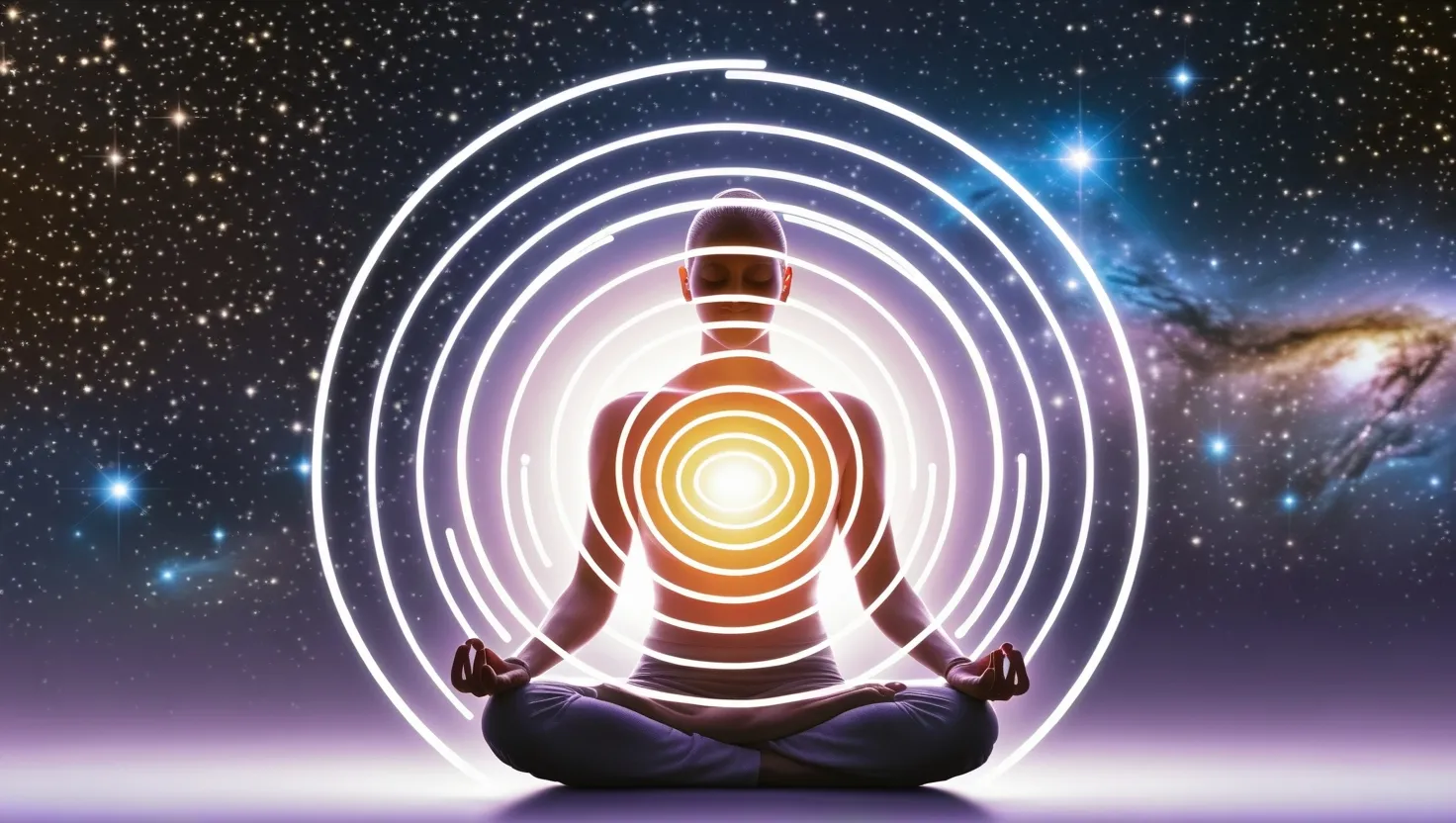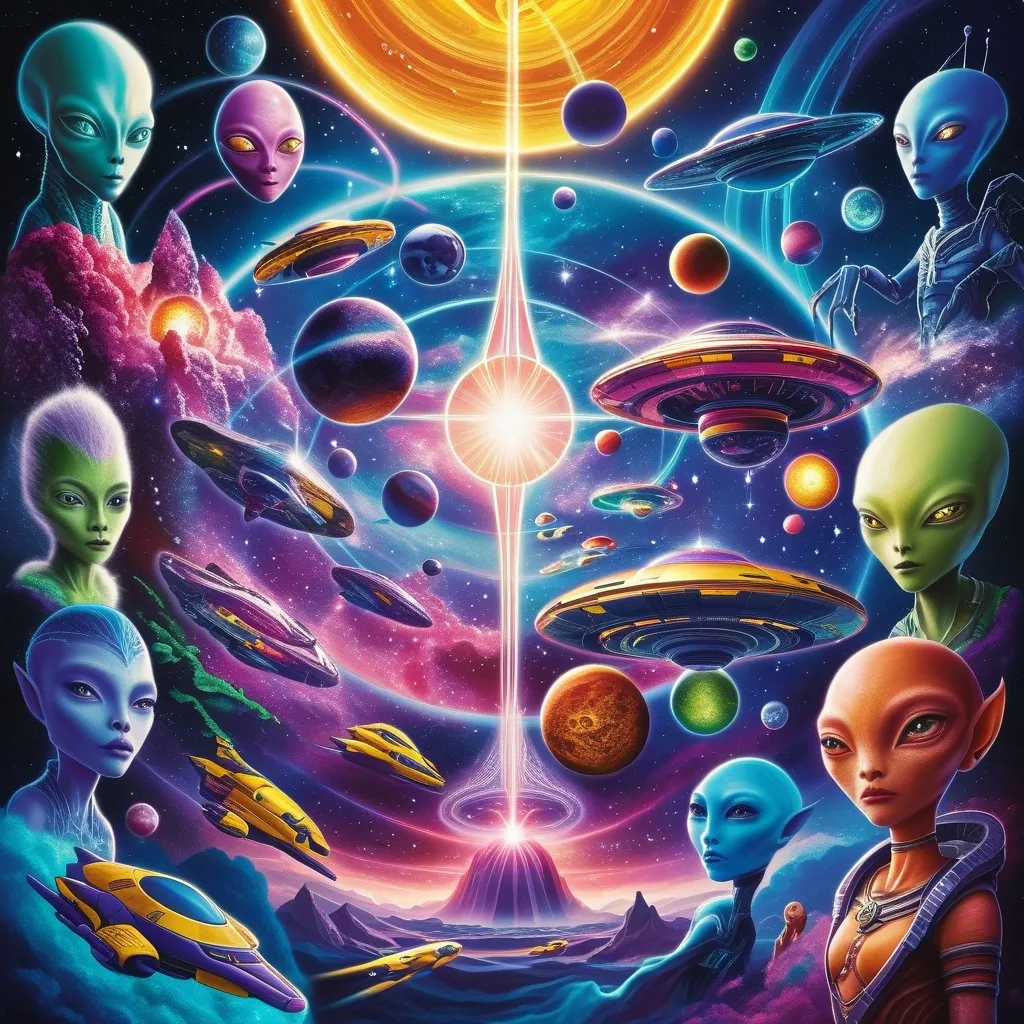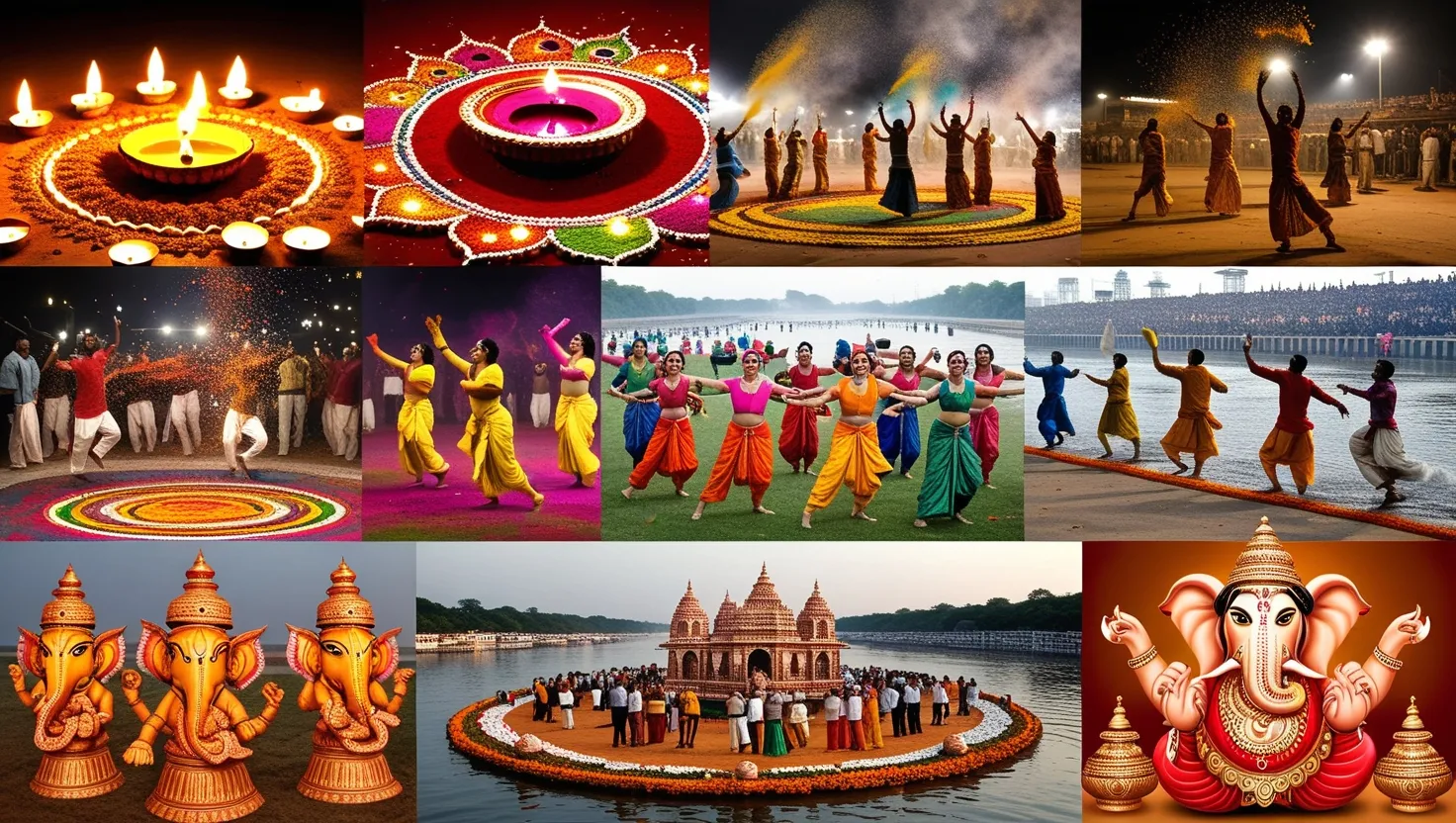Hindu chants have captivated seekers for millennia, offering a gateway to spiritual awakening and inner peace. At the heart of this ancient practice lies the sacred syllable “Om” and the enchanting Hare Krishna mantra. These powerful sounds transcend mere words, embodying the essence of Hindu philosophy and connecting practitioners to the divine.
The syllable “Om” holds a special place in Hindu tradition. It’s not just a sound, but a cosmic vibration that represents the ultimate reality. When you chant “Om,” you’re tapping into the very fabric of the universe. The sound is made up of three parts - “a,” “u,” and “m” - which symbolize various triads in Hindu thought. It’s like a shorthand for the entire cosmos, packed into one simple syllable.
Imagine sitting in a peaceful garden, eyes closed, as you let the sound of “Om” resonate through your body. With each repetition, you might feel a sense of expansion, as if you’re connecting to something much larger than yourself. It’s no wonder that “Om” is often called the greatest of all mantras.
The beauty of “Om” is its simplicity and accessibility. You don’t need any special equipment or years of study to start incorporating it into your life. Whether you’re a seasoned yogi or a curious newcomer, the power of “Om” is available to you. Many people find that starting their day with a few rounds of “Om” helps to center their mind and set a positive tone for the hours ahead.
But “Om” is just the tip of the iceberg when it comes to Hindu chants. The Hare Krishna mantra is another beloved practice that has spread far beyond its Indian roots. This catchy chant consists of three names - Hare, Krishna, and Rama - repeated in a specific pattern. It’s like a love song to the divine, calling out to God with devotion and longing.
If you’ve ever been to a kirtan or chanting session, you might have experienced the infectious energy of the Hare Krishna mantra. As voices join together, the rhythm builds, and soon the whole room is pulsing with the sound. It’s a powerful reminder of the communal aspect of spirituality - there’s something magical about joining your voice with others in devotion.
The Hare Krishna mantra is often chanted 108 times, a number that holds special significance in Hinduism. This repetition isn’t mindless; it’s a form of meditation. As you chant, you might notice your mind becoming calmer, your breath steadier. It’s as if the mantra is gently guiding you inward, helping you to bypass the chatter of your mind and connect with something deeper.
What makes these chants so powerful? It’s not just the words themselves, but the vibrations they create. In Hindu philosophy, sound is considered a fundamental aspect of creation. The entire universe, it’s said, came into being through divine utterance. When we chant, we’re participating in this cosmic dance of creation, aligning ourselves with the rhythms of the universe.
The tradition of Vedic chanting, from which these practices emerge, is a marvel of human memory and dedication. For thousands of years, these sacred texts have been passed down orally, preserved with incredible accuracy. It’s a testament to the power of sound and the human capacity for preservation.
Imagine sitting in a temple, listening to a Vedic chant. The rhythmic rise and fall of the sanskrit words wash over you, creating a sense of timelessness. Even if you don’t understand the words, there’s something profound in the experience. It’s as if you’re listening to the voice of history itself, connecting you to countless generations of seekers who have come before.
But you don’t need to be in a temple to benefit from these practices. That’s the beauty of Hindu chants - they’re portable, accessible, and infinitely adaptable. You can chant “Om” while stuck in traffic, or silently repeat the Hare Krishna mantra while waiting in line at the grocery store. These practices have a way of transforming ordinary moments into opportunities for connection and growth.
For many people, incorporating these chants into their daily life has been transformative. There’s something comforting about having a go-to practice when life gets overwhelming. Whether it’s a few rounds of “Om” to start the day, or chanting the Hare Krishna mantra during a challenging time, these practices offer a touchstone of peace and clarity.
It’s worth noting that you don’t have to be Hindu to benefit from these practices. Many people from diverse backgrounds have found value in incorporating these chants into their spiritual life. There’s a universality to the search for meaning and connection, and these ancient practices offer tools that transcend cultural boundaries.
Of course, it’s important to approach these practices with respect and understanding. Taking the time to learn about the philosophy behind the chants can deepen your appreciation and enhance your practice. But even without a deep scholarly understanding, the simple act of chanting can be profoundly powerful.
As you explore these practices, you might find that different chants resonate with you at different times. Some days, the simplicity of “Om” might be exactly what you need. Other times, the devotional energy of the Hare Krishna mantra might call to you. There’s no right or wrong way to incorporate these practices into your life - it’s about finding what works for you.
In a world that often feels chaotic and disconnected, these ancient chants offer a path to peace and unity. They remind us of our connection to something larger than ourselves, whether we conceive of that as God, the universe, or simply the collective human experience.
So the next time you’re feeling stressed or disconnected, why not give one of these chants a try? Find a quiet spot, close your eyes, and let the sound of “Om” or “Hare Krishna” fill your being. You might be surprised at the sense of peace and connection that emerges. In the end, these practices are not about achieving some lofty spiritual goal, but about connecting more deeply with ourselves and the world around us. And in that connection, we might just find the peace and purpose we’ve been seeking all along.






